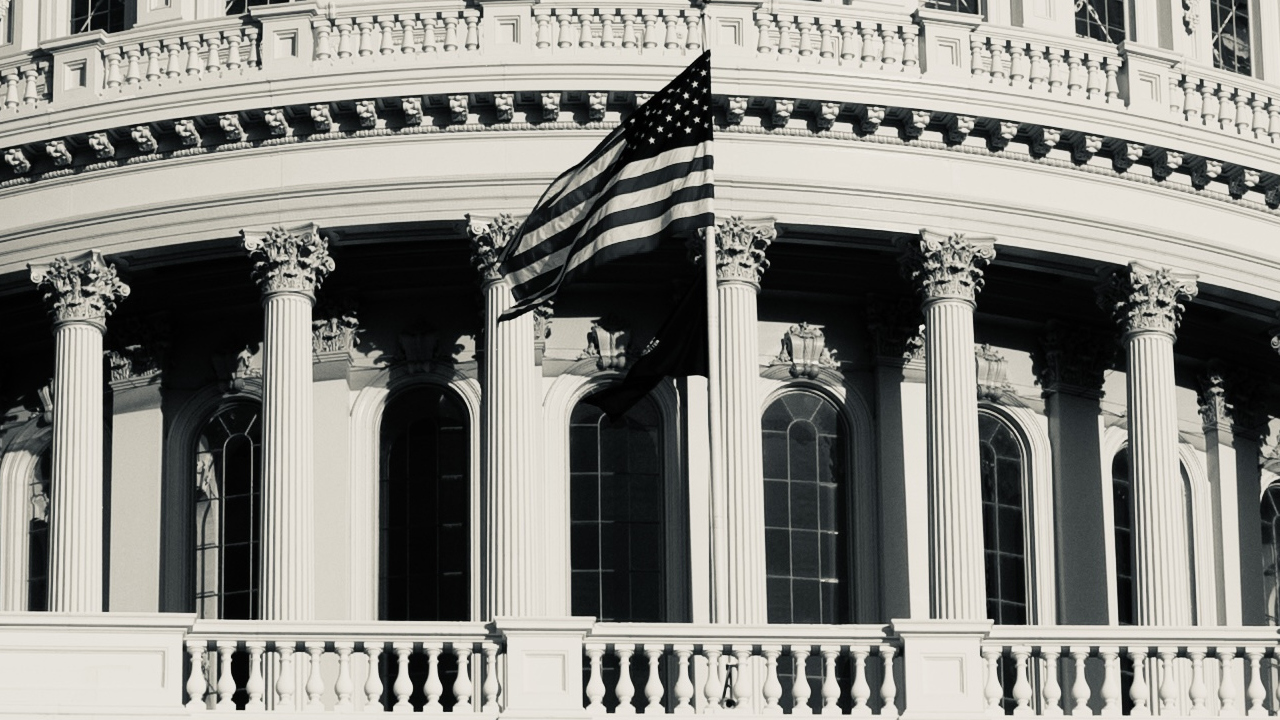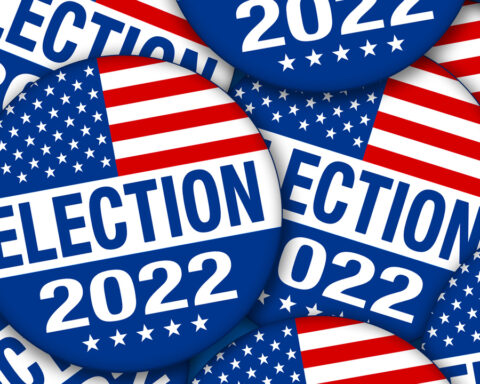Government intervention into the day-to-day lives of American citizens has reached new heights in recent years, corresponding to a monumental increase in the power of the executive branch.
Our country draws its strength from the potency of our democratic institutions, protected by the Constitution. The principle mechanism by which our founders ensured the survival of our nascent democratic tradition was the separation of powers.
The first of these power demarcations occurs along the federal versus state spectrum. James Madison—one of the foremost authors of our Constitution and ardent champion of the Bill of Rights—wrote in Federalist 45:
The powers delegated by the proposed Constitution to the Federal Government, are few and defined . . .The powers reserved to the several States will extend to all the objects, which, in the ordinary course of affairs, concern the lives, liberties and properties of the people; and the internal order, improvement, and prosperity of the State.
But states’ rights have been consistently abrogated by the federal government, especially throughout the COVID-19 pandemic.
Yet, the second and perhaps more important demarcation falls between the three principal branches of our federal government: the legislative, judicial, and executive branches—with each intended to check the other two. In this, the founders were inspired heavily by the French philosopher Montesquieu, who wrote extensively of the importance of this separation: “Were the power of judging joined with the legislative, the life and liberty of the subject would be exposed to arbitrary control, for the judge would then be the legislator. Were it joined to executive power, the judge might behave with all the violence of an oppressor.”
Judge Andrew Napolitano recently wrote about this in the context of America, “If the president wrote laws, the courts would invalidate them; if the Congress interpreted laws, the president and the courts would ignore it; if the courts hired folks to enforce laws, the Congress would not fund their salaries.”
Unfortunately, despite the efforts of our founders, this latter demarcation has been consistently eroded as well.
The executive branch has increasingly outmaneuvered its power constraints by utilizing executive actions—specifically executive orders and memoranda—which pose a substantial threat to our democratic institutions.
Executive actions, in particular, have received significant recent attention, as they have been the primary vehicle for the Biden Administration’s overreach in response to COVID-19. And, though the Supreme Court has held the line in certain areas—such as striking down Biden’s vaccine mandate on large employers—it was unable to use its vested power of judicial review upon the accompanying executive orders governing Medicare and Medicaid-funded facilities.
As of February 16—barely one year into his presidency—Biden has signed 80 executive orders, putting him on pace for more than 300 by the conclusion of his term in office.
To be fair, it is true that President Trump was at least partially guilty of a similar tendency, having signed 220 orders during his presidency. But, it is important to remember that many of Trump’s executive orders were simply revocations of Obama Administration orders.
Moreover, Trump had to overcome substantial partisan gridlock. Biden does not have this problem, as Democrats control both chambers of Congress, representing yet another reason his overreach has been particularly egregious.
Though Trump does bear some culpability for setting a precedent for executive action, it is overwhelmingly Democratic presidents who have resorted to pushing their agendas through unilateral orders.
Let’s take a look at the average annual executive order count for presidents since the establishment of the Federal Register Act of 1936.
- Roosevelt (D): 307 per year
- Truman (D): 117
- Eisenhower (R): 61
- Kennedy (D): 75
- Johnson (D): 63
- Nixon (R): 62
- Ford (R): 69
- Carter (D): 80
- Reagan (R): 48
- Bush Sr. (R): 42
- Clinton (D): 46
- Bush Jr. (R): 36
- Obama (D): 35
- Trump (R): 55
- Biden (D): 77
The numbers speak for themselves. Averaging the number of orders per president yields exactly 100 per year for Democrats, and approximately 53 for Republicans. Though this is partially skewed by Roosevelt’s outlier, it is still a substantial disparity.
Biden’s high count is especially troubling when one keeps in mind that Democrats may very well lose control of at least one chamber of Congress in the upcoming midterms, potentially pushing him further towards unilateral policy decisions.
Executive memoranda are equally insidious, if not more so. They are so similar to executive orders that presidents have mixed them up; one presidential scholar writes that they are “executive orders by another name, and yet unique.”
Their uniqueness seems to revolve around their general lack of transparency and related suitability for surreptitious executive policy decisions.
There are three primary differences, all of which are concerning. According to the Library of Congress:
- Memoranda are not numbered, nor does law require them to be published in the Federal Register.
- They are not required to cite the president’s legal authority.
- The Office of Management and Budget (OMB) is not required to issue a Budgetary Impact Statement.
If memoranda are not numbered or published, where can we find an accurate record both of the number and substance of these memos? A perusal of the Federal Register does not elicit a clear accounting, neither does the White House supply it.
If memoranda are not required to cite the president’s legal authority, how can the Supreme Court exercise judicial review, especially if they are unaware of many memoranda’s existence?
Moreover, if the OMB is not required to estimate budgetary impact, how can Congress be certain the money it has allocated is being spent according to its wishes? How can the public know for certain where its tax dollars are being spent?
Little of the above inspires much confidence. With COVID-19 finally drawing its last breaths, now is the time to rein in the executive branch, before it establishes further precedent for power accumulation by future administrations.
First published at: American Greatness.
Photo by Douglas Rissing, GettyImages.
Jack McPherrin is the managing editor of 1818 Magazine. Jack works as the research editor for the Editorial Department of The Heartland Institute, where he also contributes to the mission of the Socialism Research Center as a research fellow. He is in the final stages of completing his Master’s Degree in International Affairs from Loyola University-Chicago, where his myriad research interests primarily encompass domestic and international economic policy, global institutions, authoritarian regimes, and foreign affairs - with a particular emphasis upon Russia and China. Prior to his graduate pursuits, Jack spent six years in the private sector after graduating from Boston College with a dual Bachelor's Degree in Economics and History. He currently resides in the Lincoln Park neighborhood of Chicago, a few short miles from where he was raised.








